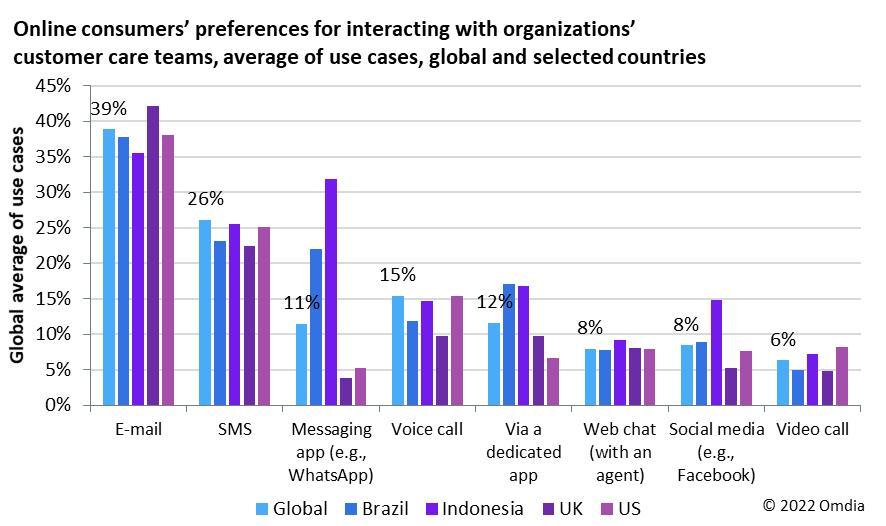December 3, 2022 ushered in the 30th anniversary of the world's first text message: In December 1992, Neil Papworth, an engineer at the British mobile operator Vodafone, sent a message " Merry Christmas" such a text message. In the decade since, Neil Papworth's first holiday greeting text message has been copied billions of times by mobile users around the world, causing network congestion ahead of major holidays such as New Year's Eve and Christmas. By 2012, despite the rise of instant messaging applications, SMS was still an important mobile communication channel for interpersonal communication and a growing B2C mobile communication channel, with a total of about 8 trillion text messages sent per year.

Text messaging is universal, cheap, reliable and easy to use
The drivers of SMS adoption are generally familiar to those in the telecommunications industry: it is the GSM standard, which means it becomes a default feature of telecommunications networks and mobile devices, which in turn means it is generally available. The telecommunications industry is also working together to ensure SMS interoperability and reliability between networks and devices (including between GSM and CDMA networks), so that consumers and later businesses and organizations can be sure that if they send an SMS to a mobile number, Then the text message will be received. Texting is also a relatively cheap form of communication, especially as telcos start offering mobile service plans that include unlimited or bulk texting.

What consumers choose, businesses and organizations will follow. One of the core tenets of customer interaction is making content and services available to them on the technology platforms they use. In the 2000s, text messaging was an important communication platform (and remains so to this day). The desire by businesses and organizations to use SMS as a channel to deliver communication and content has led to the rise of an ecosystem of supporters, including SMS aggregators, mobile marketing platform providers, mobile media and content providers. This ecosystem has grown and evolved to include new types of companies, such as CPaaS providers, and to leave behind those that are no longer relevant, such as high-priced premium mobile content service providers.
But by the 25th anniversary of SMS in 2017, it was clear that consumers had gravitated toward messaging apps like WhatsApp, Facebook Messenger, iMessage, WeChat, KakaoTalk and Line. The apps support text messages of more than 160 characters and include the ability to share pictures and videos, create group chats, and make voice and video calls. More importantly, these services are free, as long as the user has a terminal device that supports running applications and can access mobile data. WhatsApp, Facebook Messenger and WeChat each have more than 1 billion monthly active users, and according to Omdia estimates, the total number of messages sent by these instant application users in 2022 will reach 125.2 trillion. For comparison, the total number of text messages sent by mobile users (including P2P and A2P/B) is 7.2 trillion.
But the penetration of individual apps still pales in comparison to SMS, which, according to GSMA estimates, has access to more than 5.48 billion unique mobile subscribers. It's this broad reach, combined with reliability and security, low cost, and the support of a well-established B2C messaging ecosystem, that keeps texting alive as a customer interaction channel.
B2C texting rises as consumer texting usage falls
Across the 12 countries surveyed in Omdia’s Digital Consumer Insights 2022, across a range of use cases, SMS remains the second most popular communication channel consumers use to interact with a business’s customer service team (see Figure 1). Even in markets like Brazil and Indonesia, where the penetration rate of instant messaging apps on users' mobile phones is 93% and 96% respectively, the use of SMS as a communication channel for interacting with a business' customer service team is about the same as that of countries such as the UK and the US. quite. Specifically, 23 percent of Brazilian consumers and 26 percent of Indonesian consumers use text messaging to interact with a business' customer service team, compared to 22 percent in the UK and 25 percent in the US.

Figure 1: How online consumers interact with a business' customer service team.